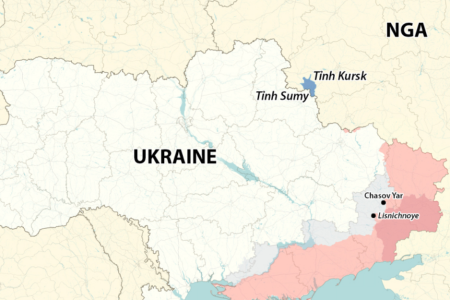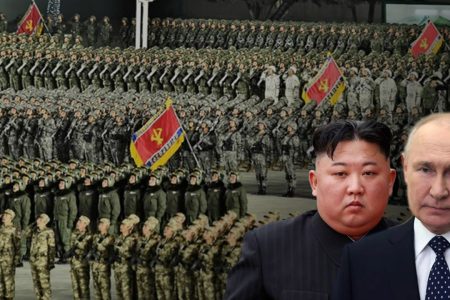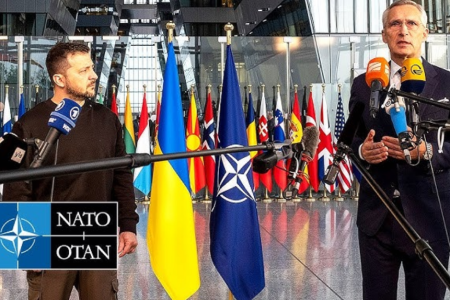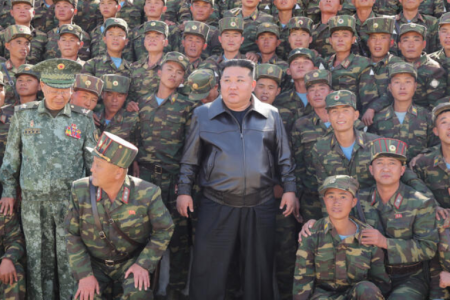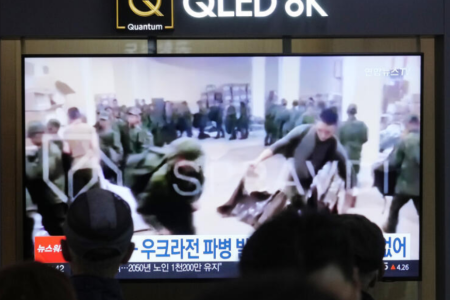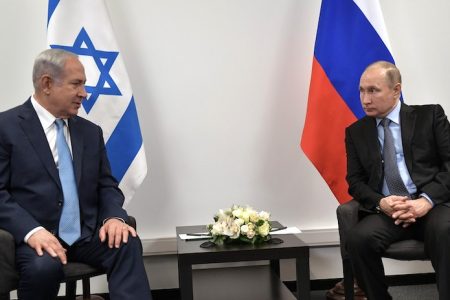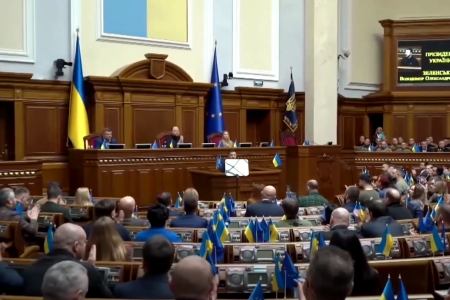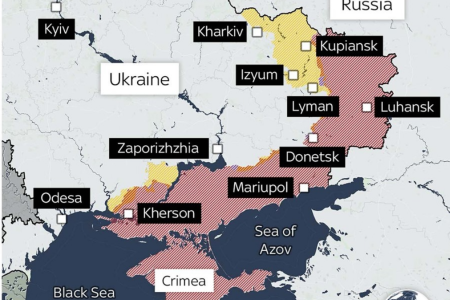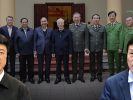
Leaders of ASEAN countries and Chinese President Xi Jinping held a summit on November 22, 2021, to celebrate the 30th anniversary of the establishment of bilateral relations. On this occasion, Beijing wants to promote negotiations on a Code of Conduct in the South China Sea (COC) with ASEAN, which has been “stagnated” for several decades.
However, the goodwill expressed by Foreign Minister Wang Yi on November 14 was in stark contrast to recent developments in the field in the Truong Sa (Spratlys): Chinese coast guard ships intercepted and sprayed water cannons on supply ships for the Philippine forces stationed at Second Thomas Shoal, Chinese maritime militia ships concentrated near Thitu Island (Itu Aba), Second Thomas Shoal, and Whitsun Reef, where Vietnam claimed sovereign.
In addition, the Declaration on the Conduct of Parties in the South China Sea (DOC) will also turn 20 years old in 2022 but in practice has never been effective in handling conflicts related to sovereignty disputes because it is not binding. Therefore, the question is whether Beijing really wants to draw up COC? How does Beijing set favorable conditions for China? What is the position of ASEAN countries? RFI Vietnamese asked questions to researcher Laurent Gédéon, Institute of East Asia (Institut d’Asie Orientale, IAO), Lyon Pedagogical School (Ecole Normale Supérieure de Lyon).
RFI: China and ASEAN held a summit on November 22, 2021. Could you tell me in what context the meeting took place? Is China also looking for a way like the US to invite ASEAN leaders to high-level meetings to strengthen bilateral relations?
Laurent Gédéon: Right from October 26, 2021, when attending the 26th ASEAN-China leadership meeting, Chinese Premier Li Keqiang made many statements showing the relatively positive side of the relationship between ASEAN and China. In my opinion, this confirms that Beijing seeks to strengthen ties with Southeast Asian countries, as well as through the four points of interest highlighted by Premier Li Keqiang: the development of China-ASEAN relations; China and ASEAN have increased ties within the framework of combating the Covid-19 pandemic; Beijing will promote vaccine diplomacy with Southeast Asian countries; China is working to soon launch the Regional Comprehensive Economic Partnership (RCEP), initiated by Beijing and joined by ASEAN countries and many other countries.
At the same time, Premier Li Keqiang announced that China-ASEAN relations had reached the level of a Comprehensive Strategic Partnership and he also mentioned the special summit meeting in November 2021. which President Xi Jinping will participate in.
I think Mr. Li Keqiang sent some very strong signals to the ASEAN leaders, as well as he made such statements just hours before the meeting between ASEAN and US President Joe Biden. Therefore, it can be understood that this is Beijing’s diplomatic strategy to prioritize increasing influence in the region in the face of an increasingly assertive US presence. Therefore, Premier Li Keqiang said that China is ready to conclude a Code of Conduct in the South China Sea (COC) with ASEAN. The purpose that Beijing seeks is to try to find a way to resolve the disputes between China and its neighbors in the region, but at the same time avoid the interference of outsiders, especially the United States.
RFI: Since the last few years, China has frequently reiterated its desire to promote the negotiation of COC, while before that, it was condemned by many countries for being hindered. How to explain the change in the statements of the Chinese side? Can you believe Beijing’s sincerity in this matter?
Laurent Gédéon: It can be seen that the Code of Conduct negotiations mainly accelerated in 2017, just a year after the Permanent Court of Arbitration ruled on the South China Sea. From there, things progressed faster and by 2018, the parties had drafted a negotiating text to use in future negotiations on the ASEAN-China Code of Conduct in the South China Sea.
However, there was also a problem in 2018, that is, this draft document has two points of difficulty and both are proposed by Beijing. The first point stipulates that the joint development of energy resources in the sea is limited to Chinese and Southeast Asian partners only, and does not accept foreign enterprises.
The second point imposes restrictions on joint exercises in the South China Sea. If ASEAN member states and China can still hold joint exercises, on the contrary, it needs to be approved by 11 parties, that is, 10 Southeast Asian countries and China, for a force outside the areas are participating in the exercise. In short, this gives China the obvious right to monitor any foreign military activity in these waters.
The question is whether China is seeking to adopt a future Code of Conduct and by pressuring ASEAN to nullify the 2016 ruling of the Permanent Court of Arbitration and remove any external actors outside the region out of the negotiations. What Beijing fears is the internationalization of the South China Sea issue. China makes every effort to keep the negotiations multilateral but limited to the regional level.
In addition, it can be seen that now the negotiations are taking place in a more complicated context for Beijing because, since the last few months, the United States and its allies have continuously made tougher statements on China’s maritime space rights. Therefore, Beijing’s sincerity can be questioned, especially recently there have been many maritime incidents and collisions that have occurred more often and are caused by the coast guard, as well as the Chinese maritime militia fleet whether with the Philippines or with Vietnam, the two countries suffer this type of bullying the most.
RFI: At what stage are the Code of Conduct negotiations and at what point are they deadlocked?
Laurent Gédéon: Negotiations are still ongoing, but many points have been encountered. As I said above, in 2018, ASEAN and China agreed on a single draft negotiating text. In 2019, at the China-ASEAN summit, the two sides agreed to adopt a three-year plan with the goal of concluding a Code of Conduct until 2021, that is, this year. In August 2021, the two sides agreed on the preamble to this code. But it can be seen that the negotiations are behind schedule and, in my opinion, are stuck at 6 points.
Firstly, the Covid-19 pandemic has slowed progress, including travel restrictions. Next is the agreement on a common legal basis, which has not been reached yet. In addition, the political crisis in Burma has attracted the full attention of ASEAN. The fourth reason is that China refuses to recognize and accept the 2016 ruling of the Permanent Court of Arbitration. Fifth, Southeast Asian countries are increasingly hesitant due to China’s increasing military pressure in the sea. The rising tension between China and Taiwan also worries many countries in the region. The final reason, in my opinion, is that the geographical scope of the future Code of Conduct is not clearly defined: China wants to include the entire maritime area within the “nine-dash line” that it drew by itself to claim sovereignty, while ASEAN countries define a narrower sea.
All of the above factors explain the delay or deadlock in the negotiations because so far no solution has been offered to China and ASEAN, especially the member countries that have a sovereignty dispute with Beijing.
RFI: Many observers find that China does not want the COC to be legally binding. Why does Beijing care about this point? And what consequences will this point have for countries that dispute sovereignty with China in the South China Sea?
Laurent Gédéon: Where a regional Code of Conduct is enforceable, it will apply to all stakeholders. However, in my opinion, from Beijing’s point of view, China has no intention of tying its own hands on the South China Sea issue for five reasons.
The first is due to the very different interpretations of the legal basis, while the issue of the legal basis is the basis for the sovereignty claims of countries over the sea. There are fundamental differences between China and countries with sovereignty disputes. Specifically, during the negotiation process, these Southeast Asian countries, including Vietnam, the Philippines, and Malaysia, proposed to bring the United Nations Convention on the Law of the Sea (UNCLOS 1982) and the 2016 ruling of the Permanent Court of Arbitration. Directly returning to the South China Sea as the legal basis of the Code of Conduct. In contrast, China resolutely kept the map of “nine-dash history” and refused to apply international law and the Court’s ruling. In addition, there is another fundamental disagreement regarding the concept of maritime space. Malaysia, Vietnam, and the Philippines support the principle of freedom of navigation through maritime space. China, on the other hand, favors restricted access.
The second reason why China does not want the Code of Conduct to be binding is that Beijing does not recognize the 2016 ruling of the Permanent Court of Arbitration. But Beijing’s refusal raises the question of a possible governance mechanism linked to the United Nations Convention on the Law of the Sea. Therefore, this is also a deadlock.
Third, Beijing remains ambivalent about its true geostrategic ambitions. It is unknown what Beijing really wants or really seeks geostrategic interests in the South China Sea and beyond. China’s position does not shed light on its goals.
The fourth reason is that China wants to be free to deal with the United States. Therefore, Beijing needs to freely dispose of its means in the disputed area.
A fifth reason that I consider important, though not expressed, is that Beijing is convinced that China’s position in the region and its military weight will increase in the coming years. This will make it increasingly difficult for countries in the region to manage symmetry. In a nutshell, from China’s point of view, Beijing will be in a strong position in the long run, so it can promote dispute resolution to its advantage, but provided that it is not legally binding in the first place. physical.
RFI Vietnamese would like to thank researcher Laurent Gédéon, Institute of East Asia (Institut d’Asie Orientale, IAO), Lyon Pedagogical School (Ecole Normale Supérieure de Lyon).
Thoibao.de (Translated)



